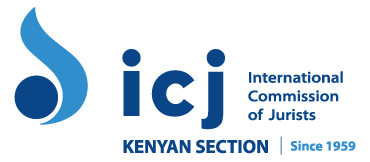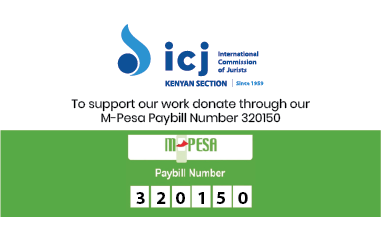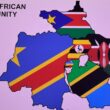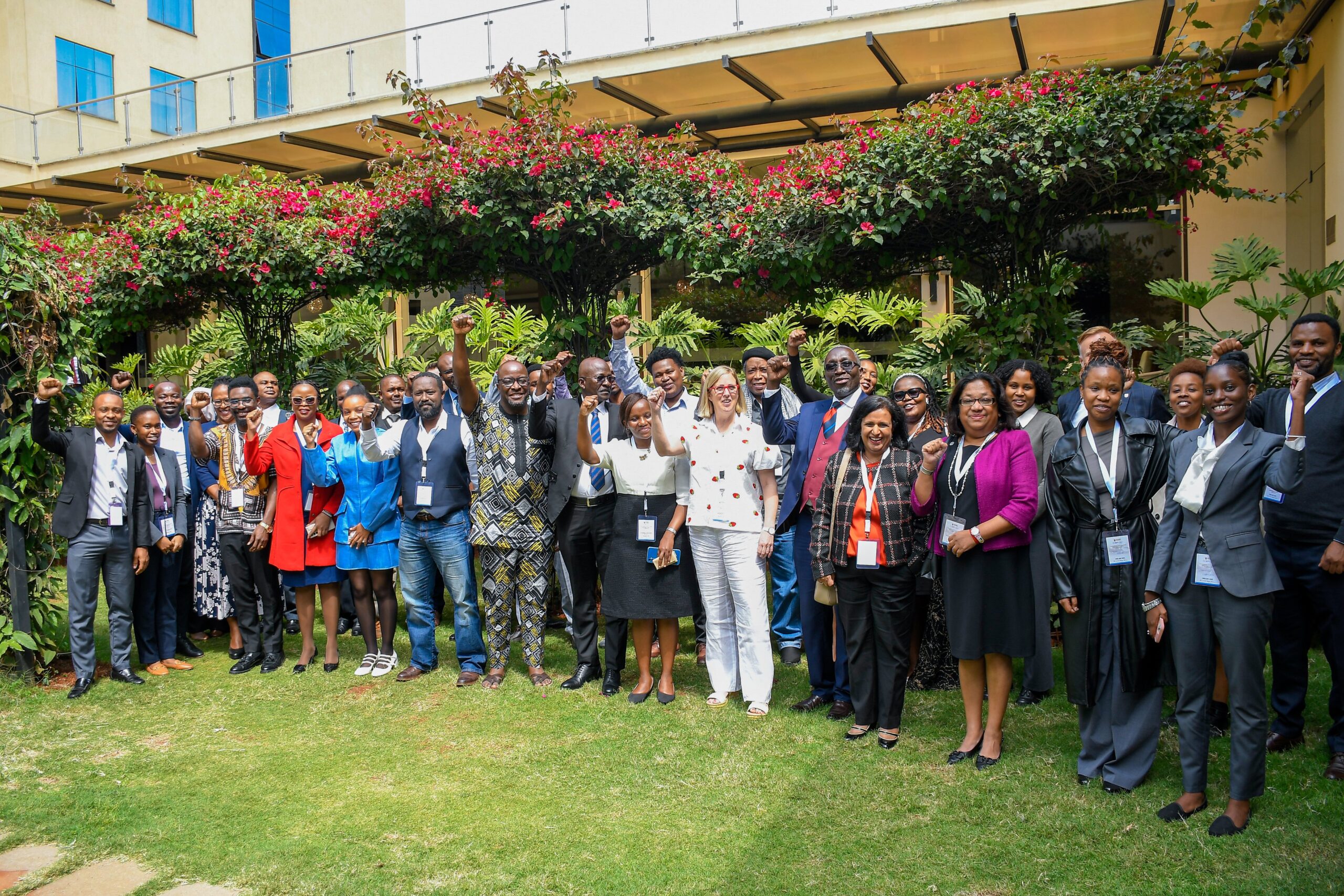NAIROBI, Kenya – The 2007-2008 post-election violence (PEV) is remembered as one of Kenya’s darkest periods. After the disputed presidential election, violence broke out in many parts of the country. Thousands of people were killed, hundreds of thousands were displaced, and many lost their homes and livelihoods.
A particularly horrific aspect of this unrest was the widespread sexual and gender-based violence (SGBV). Women and girls were raped, gang-raped, sexually assaulted, and subjected to other forms of sexual abuse. Men were also targeted in some cases. These crimes were committed both by State actors, including police and security officers, and by non-State actors such as militia groups, gangs, and civilians. The suffering of survivors was documented in official reports, such as the Waki Commission Reportand the Truth, Justice and Reconciliation Commission (TJRC) Report, which recorded evidence that sexual violence was used deliberately to punish, terrorise, and drive communities from their homes.
Despite this documentation, very little justice or support reached the survivors. More than a decade later, many were still living with the physical and psychological consequences without medical care, counselling, or any form of compensation.
In this context, a coalition of NGOs the Coalition on Violence Against Women (COVAW), the Kenya Section of the International Commission of Jurists (ICJ Kenya), and the Independent Medico-Legal Unit (IMLU) together with eight individual survivors, filed a petition in the High Court.
They argued that the State had failed in four major ways: first, by not preventing and protecting people from sexual violence during the PEV; second, by not investigating, prosecuting, and punishing the perpetrators; third, by not providing the survivors with medical, psychological, and legal support; and fourth, by failing to put in place structural reforms to ensure such violence would not be repeated in the future.
Case background
The High Court found some violations but took a narrow view of the State’s responsibilities. It awarded compensation to only four survivors who could show that the violence was committed by police officers or that they had formally reported the crime to the police.
The other petitioners, including women who had been attacked by civilians and those who had not filed police reports, were denied compensation. The survivors appealed, asking the Court of Appeal to interpret the State’s duties more broadly and to grant structural remedies that would benefit all victims of PEV-related sexual violence.
The appeal focused on five main issues. First was whether the Government’s responsibility extends to violations committed by civilians during mass violence, or only to those committed by State agents.
The second was whether survivors who did not formally report their cases to the police could still obtain justice. Third was whether remedies should be limited to individual (monetary) compensation or could also include larger, collective measures such as a national database of victims, public apologies, and long-term survivor support.
Fourth was whether the State has a duty under Article 35 of the Constitution to proactively disclose information about serious human rights violations. Fifth was whether the Independent Policing Oversight Authority (IPOA), could investigate violations that happened before it was established.
In its judgment, the Court of Appeal acknowledged that under international human rights law including the CEDAW General Recommendations 19 and 35 and the Maputo Protocol Kenya must prevent, investigate, punish, and remedy sexual violence even when committed by civilians. However, the Court insisted that each survivor had to prove, in their specific case, that the police negligently or deliberately failed to protect them. Broad evidence that sexual violence was widespread was not enough.
Because of this, the 7th, 10th, 11th, and 12th appellants being the who were survivors attacked by civilians but without proof of individual police negligence were denied relief.
The Court also upheld the High Court’s position that the duty to investigate arises only when the authorities are put on notice, typically through a formal police report. It rejected the idea that “constructive notice” for example, the information contained in the Waki Report or hospital records could trigger an investigation unless the victim’s identity and allegations were clearly stated.
This meant that many survivors, who could not safely report to the police due to fear, stigma, or the collapse of police services during the unrest, were left without legal recognition.
On remedies, the Court agreed in principle that the State’s human rights obligations are not suspended during periods of unrest, and it recognised the recurring patterns of electoral violence in Kenya. However, it declined to order the structural measures requested by the appellants, such as creating a victims’ database, issuing a public apology, or establishing psychosocial support programs. Instead, it limited its decision to monetary compensation for the four survivors whose cases met its evidentiary threshold.
Regarding the right to information, the Court found no violation of Article 35 because no formal requests for information had been made and refused. It also ruled that Article 35 rights could not be applied to events that occurred before the 2010 Constitution came into effect.
On the issue of IPOA’s liability, the Court noted that the IPOA Act was only assented to on 11 November 2011, came into force on 18 November 2011, and that IPOA’s first board was inaugurated in June 2012.
This timeline meant that IPOA did not exist at the time of the PEV and could not have conducted investigations before its establishment. Furthermore, the petition that led to the High Court’s decision was filed in February 2013, only six months after IPOA became operational, a period the Court considered insufficient for the Authority to have investigated the incidents in question.
The appellants had also failed to provide evidence that they had filed any complaints with IPOA which could have prompted such investigations. Additionally, the Court referenced section 26 of the IPOA Act, which prohibits the Authority from investigating matters already before a court or tribunal. In light of these considerations, the Court found no basis on which the High Court could have held IPOA liable for failing to investigate SGBV allegations involving both State and non-State actors during the PEV.
This ground of appeal was therefore dismissed. However, the Court gave no guidance on how this could be done.
Several important gaps emerge from this judgment.
The Court took an overly narrow approach to the State’s “due diligence” obligation, treating it like a private law duty of care and requiring case-by-case proof, rather than recognizing that mass violence involves systemic failures. It did not address the structural barriers to reporting that many survivors face in conflict, including fear of retaliation, stigma, and the involvement of security forces in the abuse. It refused to order structural reparations, leaving the majority of victims without recognition or support.
It placed a high evidentiary burden on survivors, requiring identification of attackers and proof that police had prior knowledge, even though sexual violence in conflict is often committed anonymously. It adopted a restrictive view of the right to information and failed to push for proactive disclosure of data on PEV-related sexual violence.
Despite these findings, the appeal was partially successful. The Court issued several additional declaratory orders alongside those made by the High Court. It declared that the State’s failure to classify the SGBV crimes committed during the post-election violence as crimes against humanity was a violation of Kenya’s obligations under the Constitution, the Rome Statute of the International Criminal Court, international human rights law, and domestic statutory law, all of which require investigation and prosecution of such crimes, including rape, torture, persecution, other sexual violence, and other inhumane acts.
The Court further declared that the failure to establish independent and effective investigations and prosecutions of SGBV crimes from the PEV likewise violated Kenya’s obligations under these same legal frameworks.
In addition, the Court found that the failure to provide emergency medical care and continued access to medical services for SGBV victims was a violation of the right to life, the prohibition of torture and other cruel, inhuman or degrading treatment, the right to security of the person, the right to equality and freedom from discrimination, and the right to an effective remedy.
It also held that the failure to provide compensation, rehabilitation, medical and psychological care, legal and social services, and the failure to publicly acknowledge the scope and nature of SGBV committed during the PEV and to offer a public apology, amounted to a violation of the victims’ right to a remedy. On the issue of costs, the Court directed that each party bear its own costs of the appeal.
The Court also agreed with the High Court that the State’s duty to investigate arises only when the authorities have been directly informed, usually through an official police report. It rejected the idea that general reports such as the Waki Commission findings or hospital records could trigger investigations unless they clearly named the victim and described the crime.
This strict requirement excluded many survivors who could not safely report to the police because they feared retaliation, faced social stigma, or were living in areas where police services had collapsed.
This case highlights gaps in how Kenya’s legal system responds to mass sexual violence. The Court’s approach placed a heavy burden on survivors, demanding that they identify their attackers and prove that police knew but failed to protect them. It did not take into account the real barriers survivors face in reporting crimes during conflict, such as fear of retaliation, shame, and the involvement of security forces in the abuses.
By refusing to order structural remedies, the Court left the majority of PEV sexual violence survivors without recognition or support. It also missed an opportunity to require the Government to share information about such crimes proactively and gave no practical direction for IPOA to investigate past abuses involving police.
To achieve meaningful justice, laws and policies should be reformed so that credible reports and patterns of abuse are enough to trigger investigations, without requiring survivors to make formal police complaints in every case.
IPOA and the Office of the Director of Public Prosecutions should have explicit legal authority to investigate serious human rights abuses from the past. Survivors need structural reparations, such as a national database of victims, free medical and counselling services, and public acknowledgment of the crimes.
The right to information should also be interpreted to require proactive sharing of data on serious human rights violations, even for events before 2010.
Without these changes, many survivors of PEV sexual violence will remain without justice, and Kenya risks repeating the same cycle of violence during future elections.
Kenaya Komba is a published author, LLB candidate, Kabarak University, Editor in chief of the Sawia.






